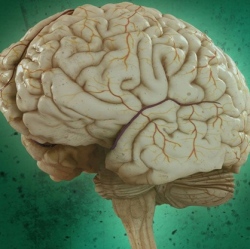
In recent years, scientists have turned to "mini-brains", tiny lab-grown balls of brain cells, to test pharmaceuticals or better understand the causes of some diseases. While many of these brains are sophisticated enough to mimic the structure of the human brain, they also have limitations:
They take several months to grow, and each one varies slightly, which inhibits researchers from getting rapid, consistent results from their experiments. Now researchers at the Johns Hopkins Bloomberg School of Public Health have developed a technique for making mini-brains more quickly and consistently, which they believe could allow mini-brains to replace animal testing for a variety of experiments.
“When testing drugs, it is imperative that the cells being studied are as similar as possible to ensure the most comparable and accurate results,” he says. The technique could also be used to create mini-brains to better understand how brain cells work together in people with conditions that can’t be fully explained by genetics, like autism and Alzheimer’s. They could even help researchers better understand the relationship between the Zika virus and microcephaly, the birth defect associated with the viral infection.
The researchers recently founded a company called ORGANOME to put the mini-brains on the market. They didn’t estimate how much each one would cost, but they hope to make them available to researchers by the end of this year.
